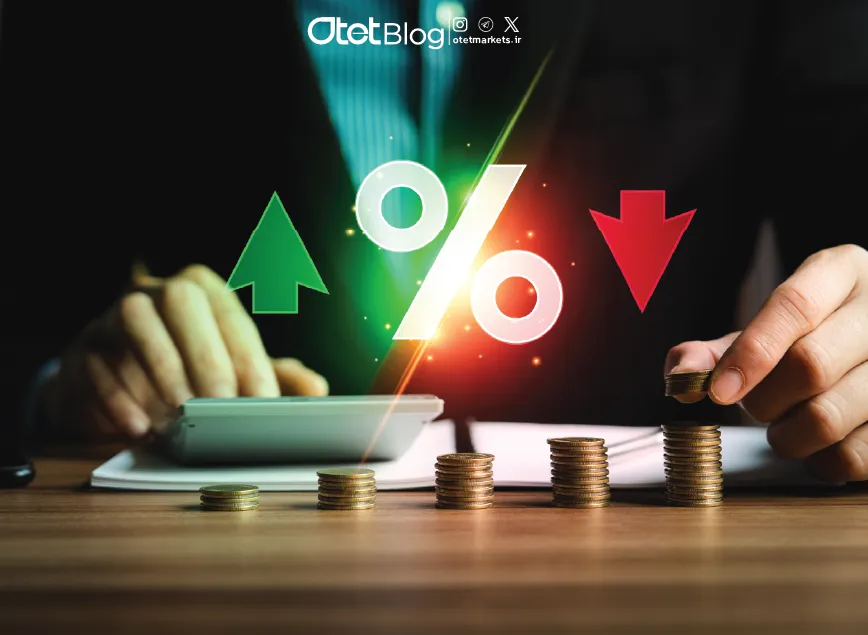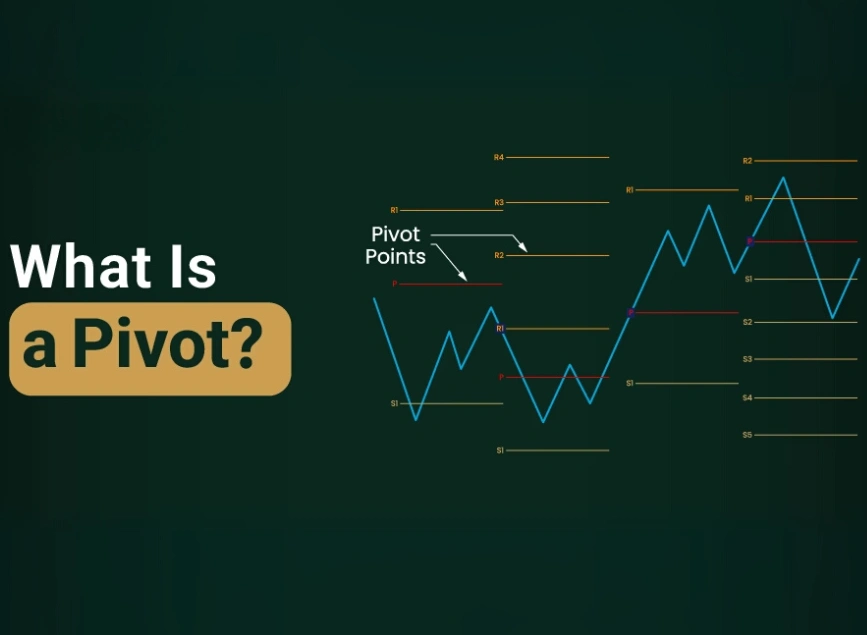
How Bank Interest Rates Shape the Economy: A Deep Dive
Estimated reading time: 5 minutes
Table of contents
Interest rates are one of the most powerful tools in the financial world, influencing everything from personal loans and business investments to inflation and economic growth. Whether you’re a saver, borrower, investor, or policymaker, understanding interest rates can help you make smarter financial decisions.
In this blog post, we’ll break down what interest rates are, the different types, how they’re set, and how they impact the economy at large.
What Are Interest Rates and Why Do They Matter?
At their core, interest rates represent the cost of borrowing money or the reward for saving it. When you take out a loan, you pay interest to the lender. When you deposit money in a bank, you earn interest on your savings.
But interest rates are much more than just numbers on a loan agreement—they’re a key tool that central banks use to control economic activity, inflation, and financial stability.
How Interest Rates Affect Borrowing and Saving
- Low interest rates make borrowing cheaper, encouraging businesses and individuals to take out loans, invest, and spend more.
- High interest rates make borrowing more expensive, which can slow down spending and encourage saving instead.
Types of Interest Rates You Should Know
Not all interest rates are created equal. Different types serve different purposes in the financial system.
1. Nominal Interest Rate
This is the rate you typically see advertised by banks for loans and savings accounts. It does not account for inflation.
2. Real Interest Rate
This is the nominal rate adjusted for inflation, showing the true cost of borrowing or the real return on savings.
Real Interest Rate=Nominal Interest Rate−Inflation Rate
For example, if the nominal rate is 5% and inflation is 3%, the real interest rate is only 2%.
3. Effective Interest Rate (EIR)
This rate considers how frequently interest is compounded (e.g., monthly, quarterly). Because of compounding, the effective rate is often higher than the nominal rate.
4. Interbank Interest Rate
This is the rate at which banks lend to each other. LIBOR (London Interbank Offered Rate) and SAIBOR (Saudi Interbank Offered Rate) are well-known examples.
5. Central Bank Interest Rate
Set by the country’s central bank (like the Federal Reserve in the U.S.), this rate directly influences lending and borrowing costs across the economy.
Read More: Understanding Supply and Demand in Financial Markets
What Influences Interest Rates?
Interest rates aren’t set randomly; they fluctuate based on various economic factors.
1. Central Bank Policies
Central banks adjust interest rates to control inflation and economic growth. Lowering rates stimulates the economy, while raising them helps curb inflation.
2. Inflation
Higher inflation usually leads to higher interest rates to prevent the value of money from eroding.
3. Economic Conditions
During a recession, central banks lower rates to encourage spending and investment. When the economy is booming, they might raise rates to prevent overheating.
4. Money Supply and Demand
When more people seek loans, banks may increase interest rates due to higher demand. Conversely, if there’s less demand for borrowing, rates may drop.
5. Credit Risk
The riskier a loan is (i.e., the greater the chance of default), the higher the interest rate a lender will charge to compensate for the risk.
How Interest Rates Impact the Economy
Interest rates ripple through nearly every aspect of the economy, affecting businesses, consumers, and even global markets.
Impact on the Stock Market
- Higher interest rates increase borrowing costs for companies, reducing their profits and, in turn, lowering stock prices.
- Investors may shift funds from stocks to safer, higher-yielding bonds and savings accounts.
- Lower interest rates make borrowing cheaper, encouraging business expansion and stock market growth.
Impact on Currency Exchange Rates
- Countries with higher interest rates attract foreign investors looking for better returns, strengthening their currency.
- Lower interest rates can weaken a currency as investors seek better returns elsewhere, affecting trade balances.
Read More: What is CPI and How Does It Impact Financial Markets?
Impact on Housing and Auto Loans
- When interest rates rise, mortgage and auto loan payments become more expensive, reducing demand for homes and cars.
- When rates fall, borrowing becomes cheaper, boosting home and vehicle purchases and driving economic growth.
Impact on Businesses
- Higher rates make it more expensive for businesses to borrow money, slowing expansion and reducing investments in new projects.
- Lower rates encourage borrowing, fueling business growth and job creation.
Impact on Consumer Spending
- When interest rates rise, credit card debt and personal loans become costlier, leading people to cut back on spending.
- When rates drop, consumers are more likely to take out loans and spend, boosting the economy.
Impact on Inflation and Economic Growth
- Raising interest rates helps control inflation by making borrowing more expensive and reducing spending.
- Lowering rates can spur inflation, as cheap money encourages more spending and investment.
Challenges of Changing Interest Rates
While adjusting interest rates is a key economic tool, it comes with potential downsides:
- Risk of recession: Raising rates too much can stifle growth and push the economy into a downturn.
- Debt burden: Higher rates increase repayment costs, making it harder for businesses and individuals to manage debt.
- Investment slowdowns: Businesses may delay projects due to higher borrowing costs.
- Real estate market fluctuations: Expensive loans can cool down housing demand.
- Financial market volatility: Sudden rate hikes can lead to stock market declines and capital outflows.
Final Thoughts: Why Interest Rates Matter to Everyone
Interest rates play a crucial role in shaping the economy, influencing everything from the price of your mortgage to the value of your investments.
Understanding how interest rates work and keeping an eye on central bank policies can help you:
- Make better borrowing and saving decisions.
- Adjust investment strategies based on market conditions.
- Plan for economic cycles and financial stability.
Whether you’re an investor, homeowner, or entrepreneur, staying informed about interest rate trends can help you navigate the ever-changing economic landscape.
Share
Hot topics

What Is Forex Regulation and Why It Matters
If you’ve been thinking about trading currencies or investing in the forex market, you might have seen words like “regulated,” “license,” or “authority.” They may sound like very boring legal...
Read more




Submit comment
Your email address will not be published. Required fields are marked *